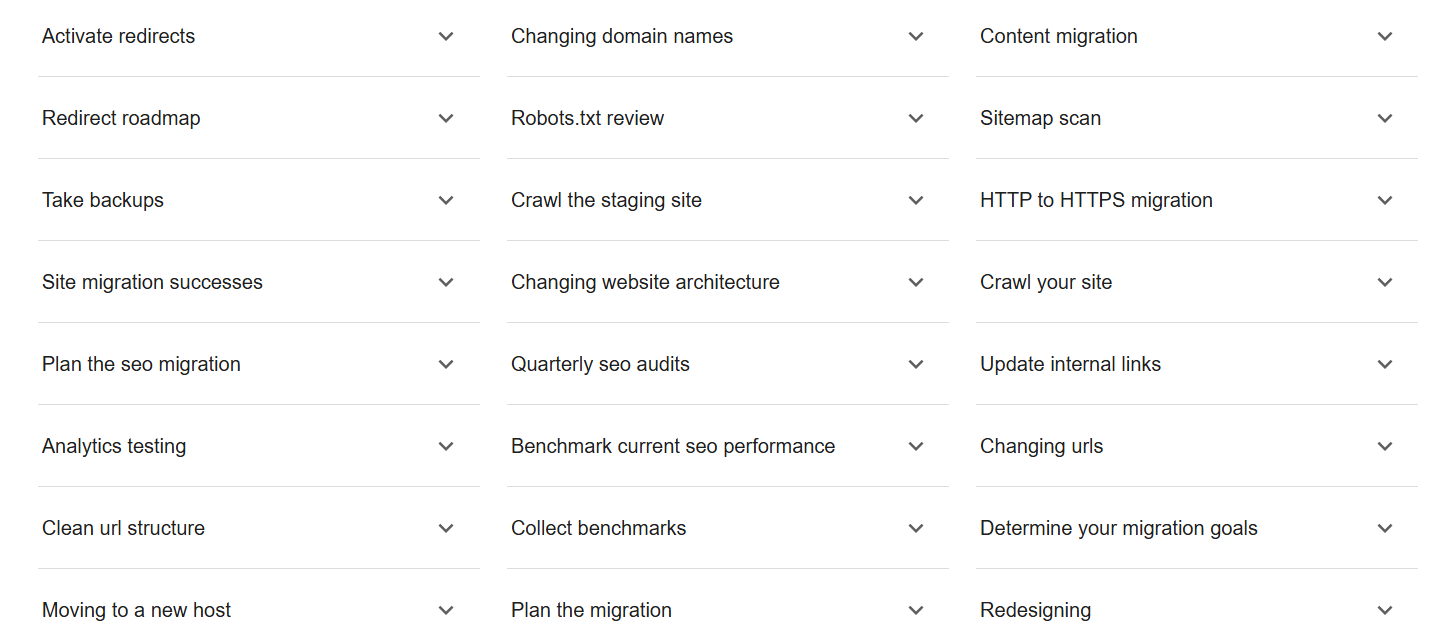17.10.2025
Step 1: Create the SEO Migration Checklist
First, start with a detailed SEO migration checklist so that you don't miss any key elements as part of the redesign. Include:
- Full crawl of the current website and a complete backup.
- Benchmark reports on rankings, traffic, and backlinks.
- Identification of your top-performing pages.
Having this checklist will assure a smooth transition and help you preserve the existing SEO equity.

Step 2: Create a Thorough URL Mapping Strategy
Create a URL mapping document by mapping every old URL to its new one. This helps search engines understand that some content has moved, instead of getting 404 status codes.
Best practices:
- One-to-one mapping wherever feasible.
- Use keyword-rich URLs consistently.
- Make sure all key pages exist before the launch.
Step 3: Implement 301 Redirects
Point to the new URLs from old ones once the new site is up and running, using 301 redirects. This passes the SEO authority from old pages to new ones.
Tips:
- Use redirects at the server level — not JavaScript or meta refreshes.
- Test redirects before and after the launch.
- Avoid redirect chains that slow down the site.
Step 4: Preserve Backlinks
Preserving backlinks will help your domain authority and search rankings.
- Get the top referring domains using a backlink tool like Ahrefs or Semrush.
- Inform key partners to revise key links if needed.
- Ensure redirected pages match the intent of the original links.
Step 5: Post-Migration Monitoring
After launching:
- Recrawl your site to make sure all redirects and URLs work.
- Monitor traffic, rankings, and crawl errors in Google Search Console.
- Keep updating your content and links over time to strengthen SEO.






